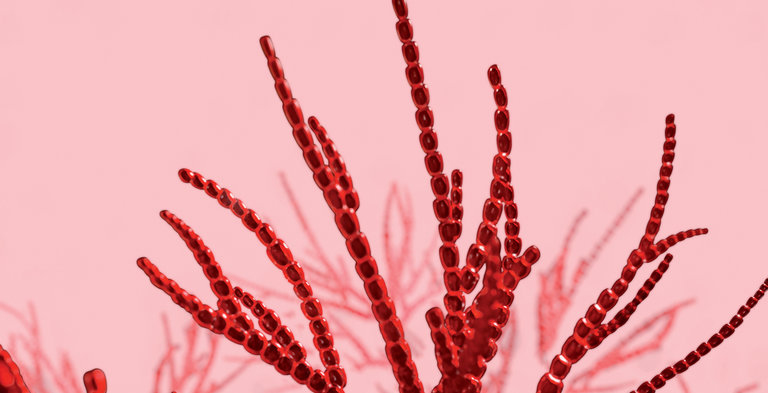Laetitia Cattuzzato [1], Erwan Le Gélébart [2], Sevda Cordier-Dirikoc [3], Nathalie Pedretti [3], François-Xavier Bernard [3], Sandy Dumont [1], Carla Perez [4]
2017, 24th IFSCC conference
Pollution is taking more and more importance in our urbanized cities and lives, and has been widely shown as inducing negative consequences on skin health. More recently, new investigations enlightened the impact of pollution on sebum secretion. Especially, we could demonstrate the capacity of a new macroalgae culture extract (Achrochaetium moniliforme, Amoe) to protect the skin from pollution, via an anti-inflammatory effect on epidermal cells and a decrease in sebum production at skin surface. The aim of these complementary studies was to investigate whether and how pollution could qualitatively affect sebum production. For this purpose, experimentations were performed with different kinds of pollutants (cadmium, urban dust SRM 1649b, or diesel particule matter SRM 1650b) on testosterone-stimulated sebocytes (specific proprietary sebocyte line SEBO662AR).
After seeding and culture, cells were pretreated or not with reference compounds (1 μM dustasteride or 1 μM dexamethasone) or with Amoe (0.5%) for 4h. Sebocytes were then stimulated or not with testosterone in presence of the compounds for 3 days. Then, pollutants were added, in presence of the compounds, and different types of evaluation were performed at different time points :
- 24h after incubation, transcriptomic regulations were investigated with an Affymetrix GeneAtlas platform with the human “full transcriptome” U219 chip ;
- 4 days after incubation, analysis of lipid droplet formation and of neutral lipid neosynthesis were performed with, respectively, labeling using a fluorescent lipid probe (Bodipy) and [14C]-acetate incorporation and thin layer chromatography for qualification of the lipids.
Our results showed that pollutants did induce a statistically significant increase in lipid droplet formation in testosterone-stimulated sebocytes, while both reference molecules and Amoe partially protected cells from such an increase, inducing a statistically significant decrease (vs. untreated stimulated cells). Analysis of neutral lipid neosynthesis showed pollutants ability to induce modifications of the lipid profile of stimulated sebocytes, with an increase in the conversion of fatty acids into triglycerides. This switch was more particularly observed with urban dust and seemed to be partially reduced when cells had been treated with the tested compounds. At the transcriptional level, and in these experimental conditions, only a few regulations could be observed when stimulated sebocytes were exposed to pollutants.
Cyp-related pathways appeared as slightly activated, suggesting an activation of the antioxydant defenses of the cells. On the other hand, the low number of regulated genes suggest that biological regulation processes activated by the different pollutants are more likely to occur at a metabolic level than at a transcriptional level. In conclusion, our results enlighten new pollution-induced metabolic regulations of the lipid profile of stimulated sebocytes, which could contribute to the disorders observed in pollution-exposed oily skins. Further experimentations are being carried out to understand better the underlying mechanisms of such a lipid conversion as well as that of the protective effect of Amoe.
[1] Department of Life Sciences - Direction of Innovation, Seppic, France, [2] Department of Biotech Marine -Direction of Innovation, Seppic, France, [3] Department of Innovation, Bioalternatives, France, [4] Department of Technical, Seppic, China

